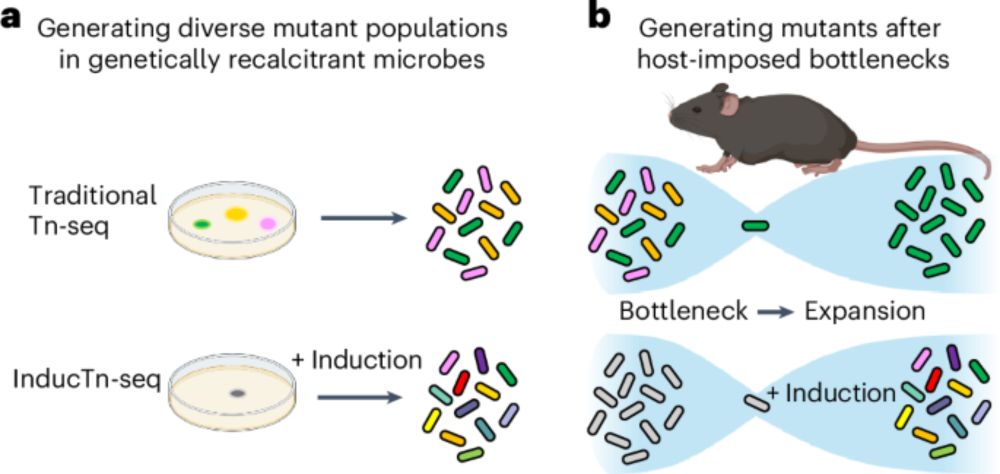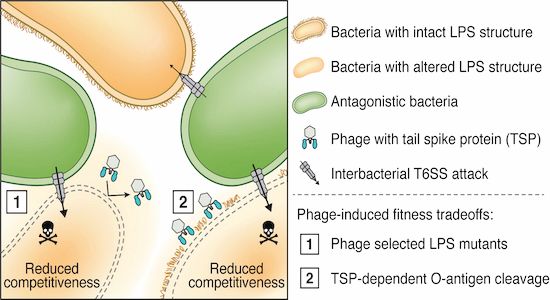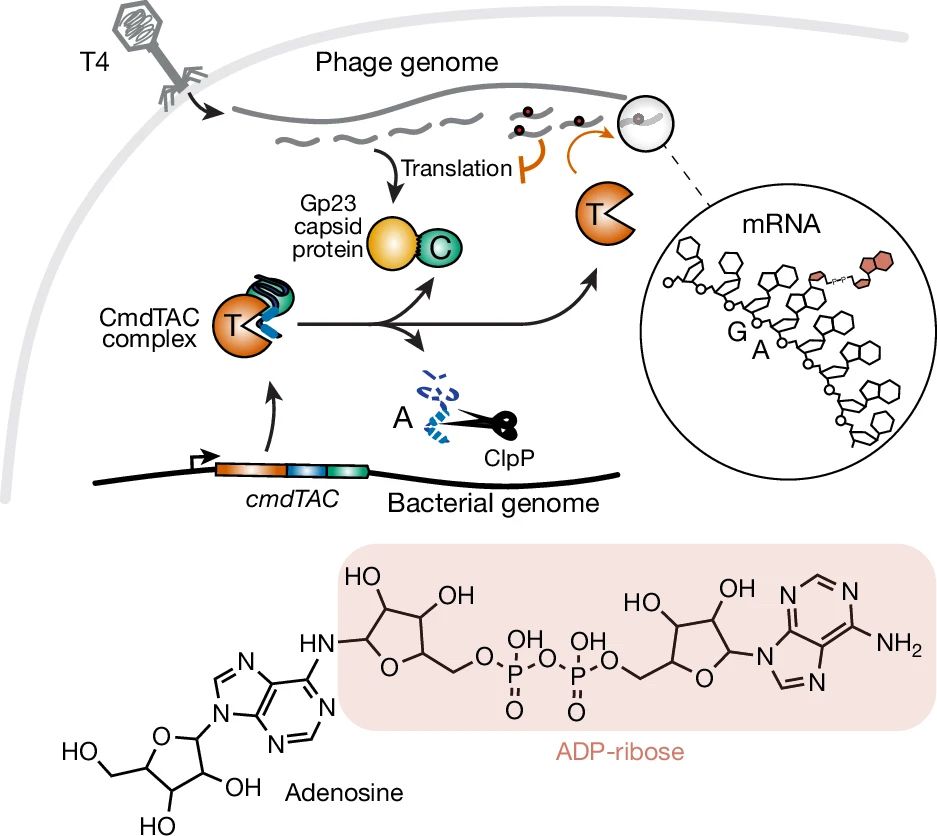See-Yeun Ting 陳詩允
@seeyeunting.bsky.social
88 followers
150 following
17 posts
PI in the Institute of Molecular Biology at Academia Sinica. Studying polymicrobial interaction in bacterial community. http://www.thetinglab.com
Posts
Media
Videos
Starter Packs
Pinned
Reposted by See-Yeun Ting 陳詩允
Uli Klümper
@ulikluemper.bsky.social
· May 25

Horizontal gene transfer of molecular weapons can reshape bacterial competition
Bacteria use molecular weapons such as toxins to outcompete rivals, but their horizontal gene transfer can undermine this advantage. This study shows that horizontal gene transfer of toxin plasmids is...
journals.plos.org
Reposted by See-Yeun Ting 陳詩允
Reposted by See-Yeun Ting 陳詩允
Reposted by See-Yeun Ting 陳詩允
Reposted by See-Yeun Ting 陳詩允
Reposted by See-Yeun Ting 陳詩允
Enric Frago
@enricfrago.bsky.social
· Jan 20

Symbiosis and horizontal gene transfer promote herbivory in the megadiverse leaf beetles
Leaf beetles are among the most speciose herbivores on earth. Kirsch et al. show that
multiple independent symbiont acquisitions and microbe-to-host horizontal gene transfers
shaped the beetles’ reper...
www.cell.com









